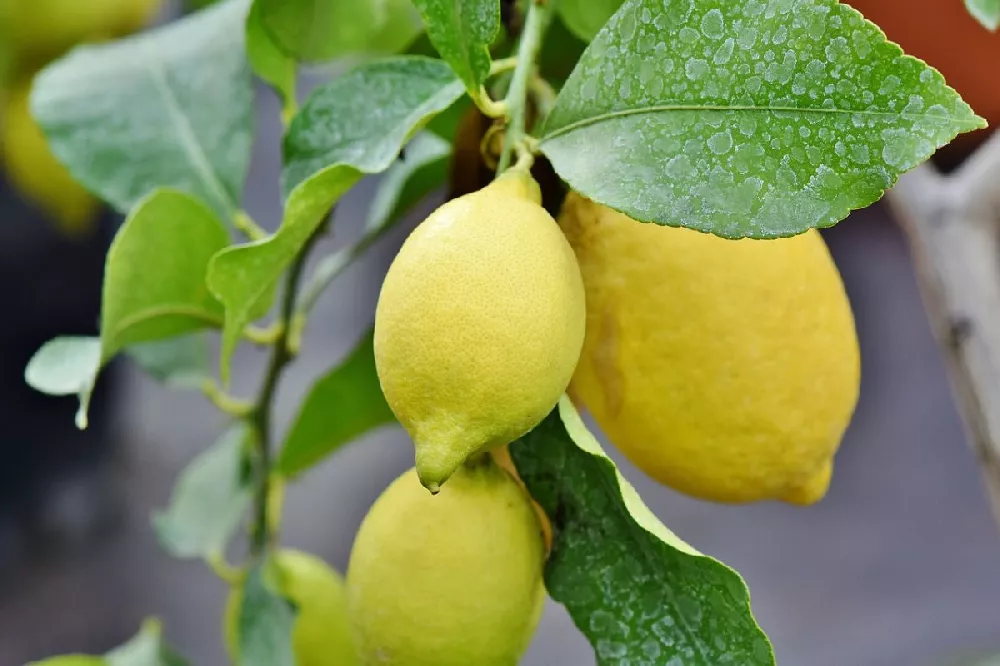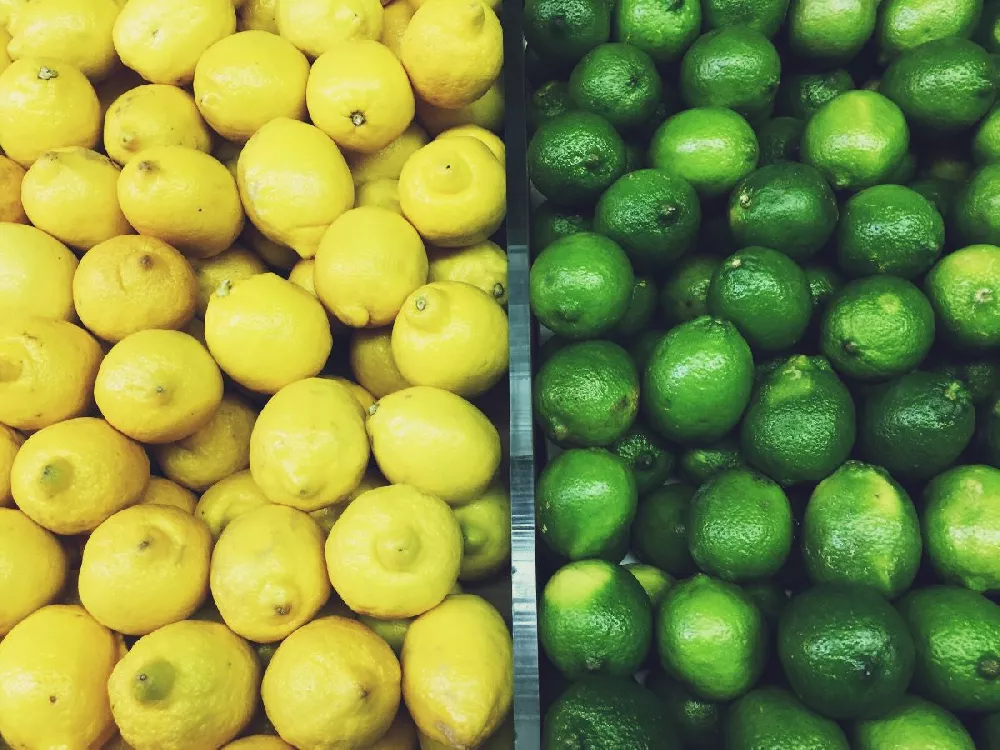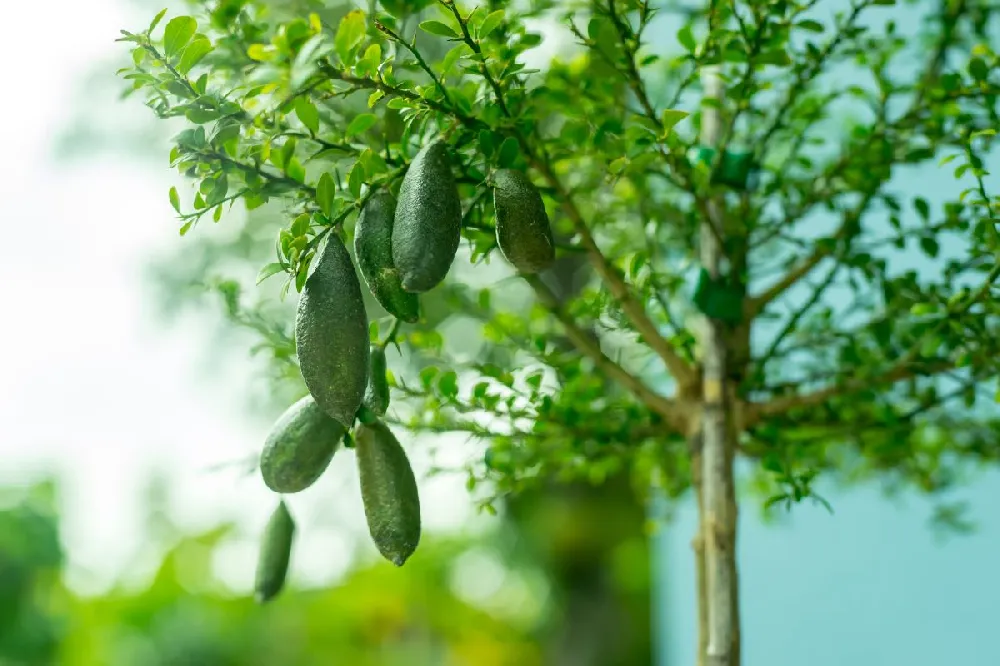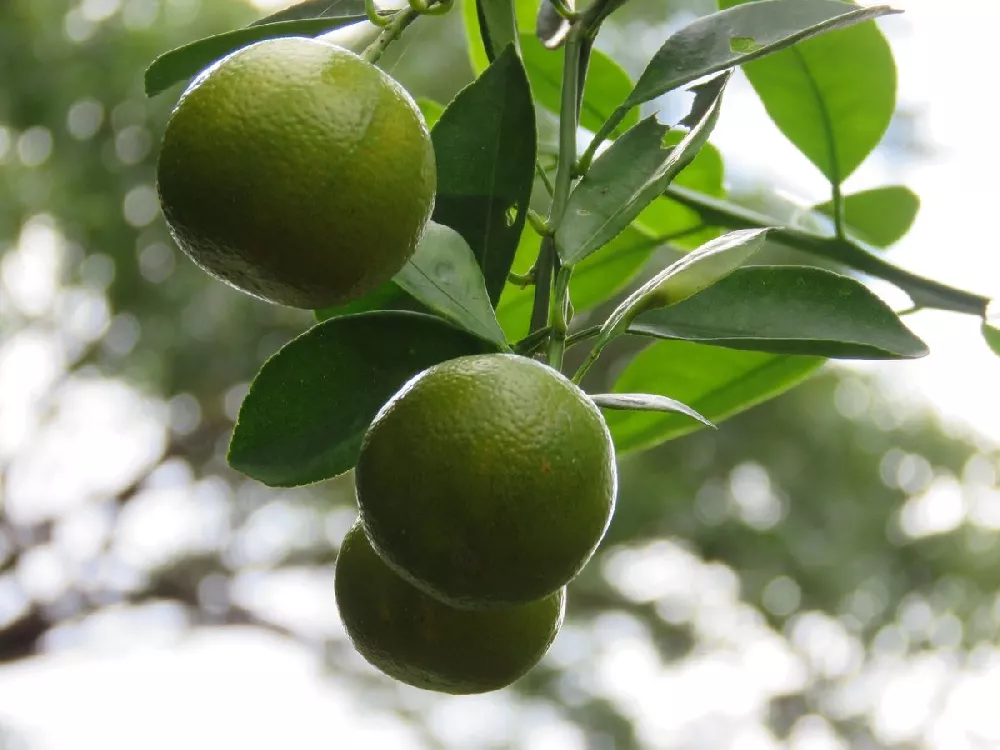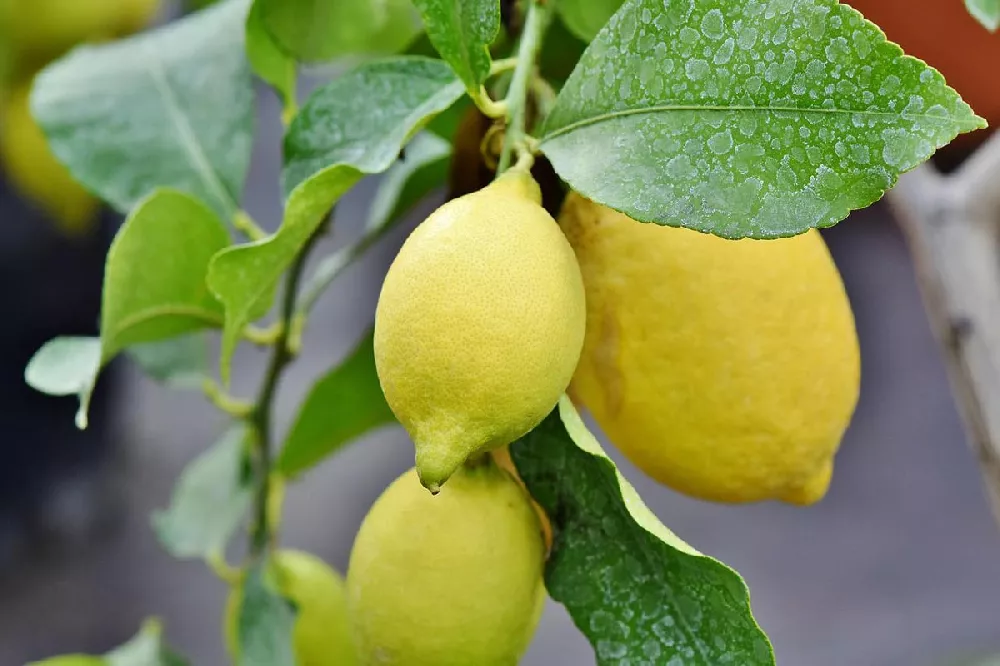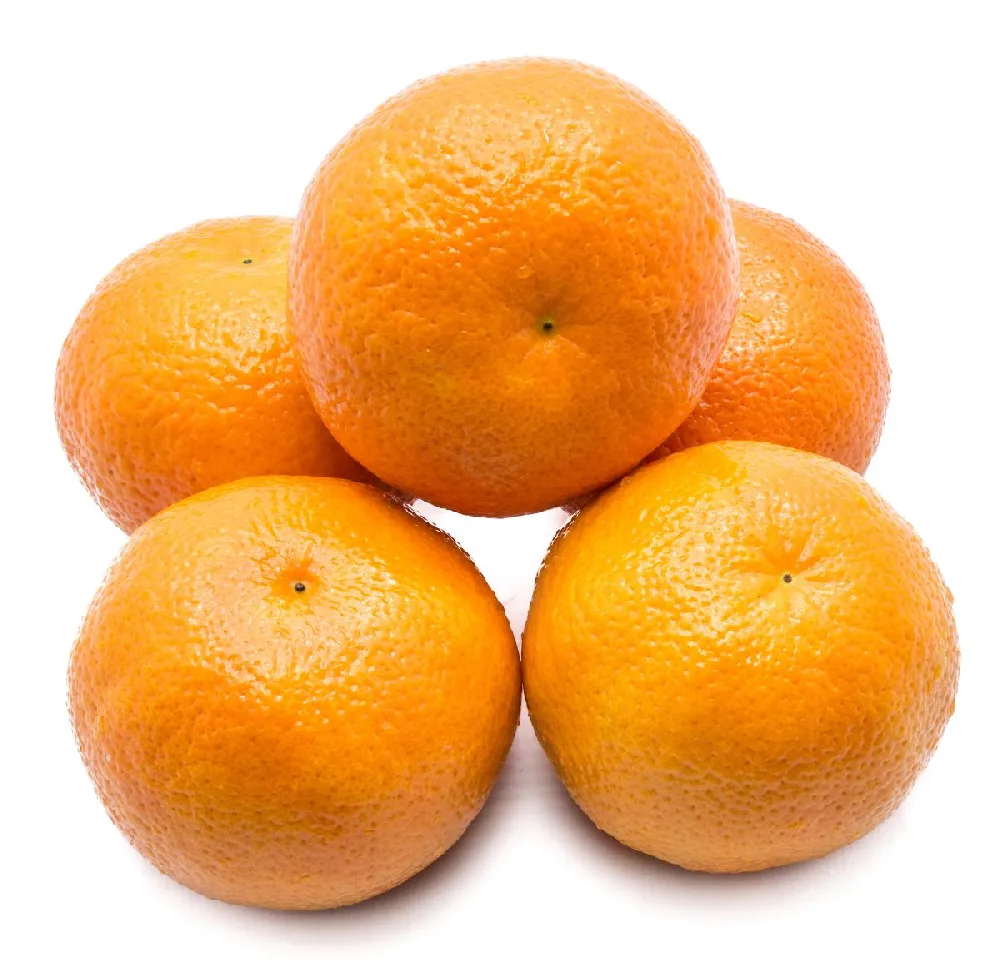- Home >
- Lemon Trees >
- Lemon-Lime Citrus Bush
Lemon-Lime Citrus Bush for Sale - Buying & Growing Guide
If one is good, two must be better, right? That's certainly the case with our Lemon-Lime citrus bush. With this package deal, you receive a Meyer Lemon, Citrus x meyeri, and your choice of either a Key Lime, Citrus x aurantiifolia, or a Persian Lime, Citrus x latifolia. This dynamic duo packs a lot to love in a small package. You will be able to reap a harvest of both fruits while using up only enough space for a single pot. The bush stays petite, with a maximum height of 8 feet, so they can be easily tucked near a sunny window in a living room or a bright spot in the garden for southern gardeners. Neither plant is high maintenance, needing little pruning and only the occasional watering and feeding to thrive. Need more reasons to buy into this win-win proposition? Here are three:
- Both bushes feature glossy dark leaves and are good complements to each other.
- The fruits can be used for cooking, served in drinks or eaten fresh.
- They are disease-resistant and not attractive to insect pests.
Enter your zip code to find nearby stores that may carry this plant.
Plant Care
Sunlight

Lemon-Lime citrus bush thrives in partial to full sun — at least 4 hours of direct light a day.
Watering
Water your established plant when the soil 2 inches below the surface is dry.
Fertilizing

Fertilize with a slow-release product designed for citrus trees and shrubs or avocados.
Planting and Care
Planting instructions
Site your Lemon-Lime citrus bush where it will receive at least 4 hours of direct sunlight a day, in soil that drains well. Unpot your bush and tease out any encircling roots, which can girdle the tree and slowly kill it. Dig a hole that’s as deep as the root ball and twice as wide. Place the bush in the hole, spreading out the roots. While holding it upright and steady, fill in around the roots with topsoil, tamping down as you go to eliminate air pockets. Water thoroughly. Apply a 2- to 3-inch layer of organic mulch around the root zone to conserve moisture and hinder weed growth, but keep it from touching the trunk, which can encourage rot.
Watering and nutrients
Water your new bush every few days, but don’t allow water to puddle around the root zone. Once you see new growth on the branches, you can cut back to once-a-week watering. Water a mature bush when the soil is dry 2 inches below the surface. Use a fertilizer designed for citrus plants or avocados when feeding your bush. Feed in early spring and whenever directed by package directions. If leaves turn yellow, switch to a light feeding of a nitrogen-heavy fertilizer; leaves that are yellow with green veins indicate a lack of iron.
Pollination
Lemon-Lime citrus bush is self-fertile, which means you should be able to harvest fruit with only a single bush. Both lemon and lime trees fruit more profusely, however, when there is more than one bush in the same vicinity.
Pruning
Monitor your bush for dead, diseased or damaged limbs, and prune these out whenever you see them. Unlike many other fruit trees, there’s no need to do any additional pruning. If you wish to control the size or shape of your bush, you can prune lightly without damaging it.
Pests, diseases and animals
Pests that sometimes prey on citrus plants include spider mites, whiteflies and scale insects. Keep the area around your bush clean and free of leaf debris so that insects don’t have a place to hide. Diseases of the citrus family include armillaria root rot, citrus nematode and sooty mold. Disease is more common in trees that are stressed, so keep your plant healthy and well-fed and watered to avoid disease problems. If you are growing your Lemon-Lime bush outdoors, you may find small animals such as squirrels attracted to the fruit. Netting may be the best answer.
Harvesting
It can be difficult to tell when lemons and limes are ripe because the color is not a good indicator of ripeness. The best way is to twist off one of the fruits and taste it. Ripe fruit can remain on the bushes for several weeks. When harvested, store the fruit in a cool, moist place until use.
Achieving maximum results
For Northern gardeners (and even some in the South) achieving maximum results may mean growing your Lemon-Lime citrus bush in a container. This isn’t difficult and doesn’t mean a lot of extra work. Choose an attractive container that is about twice the size of the root ball, with good drainage holes in the bottom. Plant your bush in good-quality potting soil, as per our directions above. If you’ll be growing it outdoors, make sure it’s placed in a spot that receives at least 4 hours of sun a day. Indoors, a sunny south-facing window is ideal. Potted plants need more water than those planted in the ground, especially when grown in dry homes, so monitor your bush’s water intake and make sure it has regular watering. You’ll also want to be sure to fertilize it on a regular basis throughout the growing season.
FAQs
How big does Lemon-Lime citrus bush get?
These are petite plants that may reach a maximum of 6-8 feet when mature, with a width of 6-8 feet as well. If your bush is growing in a container, it may mature to a smaller size, depending on the size of the pot. You can trim your tree lightly if you wish to control the growth, though you should avoid taking off too much height or width at any one time.
Where can I grow Lemon-Lime citrus bush?
This semi-tropical plant grows well outdoors in the far South and in the coastal regions of the West Coast. It is hardy down to 20 degrees Fahrenheit; if it gets colder than that where you live, it should be planted in a pot and brought indoors in the winter.
What's the difference between Persian Lime and Key Lime?
Key limes are smaller and may have more seeds than Persian limes. Key lime is also very aromatic, with a distinctive taste that makes it a winner in many desserts such as key lime pie. Persian limes are slightly more acidic and tart than key limes and are not used as frequently in desserts.
Compare Similar Products
You can't add more Product Name - Product size to the cart.
OK